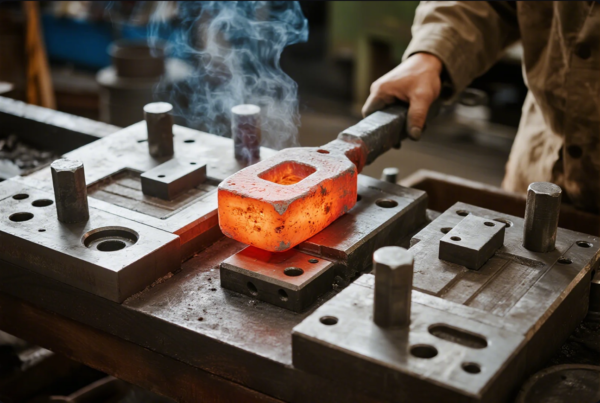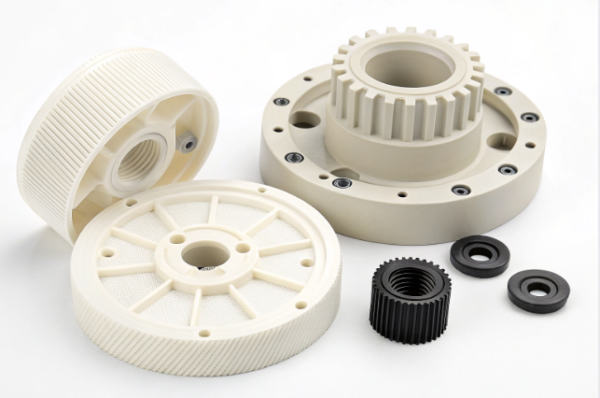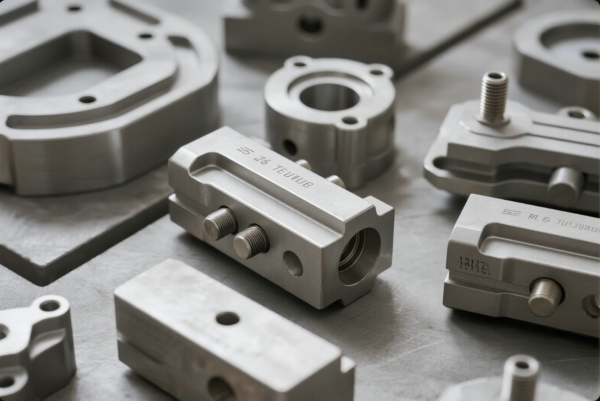What are sheet gauges?

Buyer: I keep seeing numbers like 14-gauge and 18-gauge in sheet metal specs. What exactly are sheet gauges?
Engineer (Prime): Great question. “Sheet gauges” refer to a non-linear numbering system that indicates the thickness of sheet metal. The smaller the number, the thicker the sheet. Let’s go over the basics and help you choose the right one for your parts.
What is meant by gauge of sheet?

Buyer: So gauge is a measurement?
Engineer: Yes, but not in millimeters. Gauge is an old standardized number assigned to specific thicknesses. It originated from the number of times a sheet was passed through a rolling machine.
In general:
| Gauge | Steel Thickness (mm) | Aluminum Thickness (mm) |
|---|---|---|
| 10 | 3.42 mm | 2.59 mm |
| 14 | 1.90 mm | 1.63 mm |
| 18 | 1.22 mm | 1.02 mm |
| 22 | 0.79 mm | 0.64 mm |
Note: Gauge values vary by material—18 gauge in steel is thicker than 18 gauge in aluminum.
Summary: Gauge refers to a thickness number—not a measurement unit. Smaller gauge = thicker metal.
Which is thicker, 14 or 18 gauge?

Buyer: Ok, but is 14-gauge thicker than 18?
Engineer: Yes—14 gauge is significantly thicker. In steel:
- 14 gauge = \~1.9mm
- 18 gauge = \~1.2mm
This thickness difference affects:
- Weight
- Cost
- Forming bend radius
- Strength under load
At Prime, we often use 14g for frames and 18g for enclosures or brackets where weight matters.
Summary: Lower gauge numbers mean thicker metal. 14g is thicker and stronger than 18g.
Is 40 gauge thicker than 20 gauge?

Buyer: I saw something labeled as 40 gauge—is that thicker than 20?
Engineer: Not at all. 40 gauge is extremely thin—almost foil-like. It’s often used in:
- Decorative foil
- EMI shielding
- Medical tubing
Meanwhile, 20 gauge is around 0.91 mm in steel, used for light-duty panels or cabinets.
Summary: Higher gauge = thinner metal. 40 gauge is far thinner than 20 gauge.
Which is thicker, 18 or 22 gauge sheet metal?

Buyer: One last one—18 vs 22 gauge?
Engineer: Same rule applies. 18 gauge = \~1.22mm, and 22 gauge = \~0.8mm.
That’s a big difference if you’re forming, welding, or bending the material. Thinner metal is easier to work but less rigid.
We help customers at Prime choose the ideal gauge for their:
- Load requirements
- Bending needs
- Cost targets
Summary: 18 gauge is thicker and stronger than 22 gauge, but also heavier and harder to form.
Frequently Asked Questions (FAQ)
❓ Is there a universal gauge chart?
Engineer: Not exactly. Steel, aluminum, stainless, and copper all use slightly different gauge-to-mm conversions.
❓ Why not just use mm instead of gauge?
Engineer: Many industries (HVAC, construction, appliances) still use gauge for standard sizing and fast quoting.
❓ What gauge is best for sheet metal enclosures?
Engineer: We typically recommend 18 or 20 gauge mild steel for most control boxes and electronics housings.
❓ Can I bend 14 gauge steel?
Engineer: Yes, but it requires a larger bend radius and higher tonnage. Our press brakes can handle it easily.
Conclusion
Buyer: So to wrap up—what are sheet gauges?
Engineer: Sheet gauges are a numbering system for thickness. Smaller numbers mean thicker metal. At Prime, we help clients choose the best gauge for strength, cost, and manufacturability.
Buyer: Got it. I’ll update my drawings to use 18 gauge instead of 20 for added stiffness.
Engineer: Good choice. Send them over and we’ll check your bend specs and quote it fast.
Need help choosing the right gauge for your sheet metal project?
Contact Prime for material advice, gauge optimization, and ISO-certified sheet metal fabrication.
📧 Email: [email protected]
🌐 Website: https://primecustomparts.com







